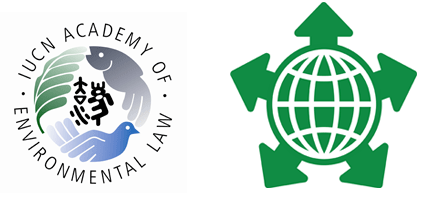Event Title
Location
Room 108
Start Date
2-7-2012 3:00 PM
End Date
2-7-2012 4:40 PM
Description
Invasive alien species (IAS) are alien species that threaten ecosystems, habitats or other species. Article 8(h) of the Convention on Biological Diversity (CBD) requires the contracting parties to ‘prevent the introduction of or control or eradicate those alien species that threaten ecosystems, habitats or species’. Members are also required to lodge national reports with the secretariat of the CBD, specifying how they are fulfilling their international obligations with respect to IAS. While the threats to biodiversity posed by IAS have been extensively documented, to date no study has examined States’ perceptions of their own IAS regimes. This paper collects and analyses information available from the CBD national reports to consider what members themselves have identified as their regulatory strengths and weaknesses. Against this backdrop, the paper evaluates the effectiveness of international environmental law in guiding domestic regimes, highlighting that where international law is imprecise/fragmented and/or contradictory, it can hinder the development of successful State practice.
Presentation
Included in
Rio +20: What Difference has Two Decades Made to State Practice in the Regulation of Invasive Species
Room 108
Invasive alien species (IAS) are alien species that threaten ecosystems, habitats or other species. Article 8(h) of the Convention on Biological Diversity (CBD) requires the contracting parties to ‘prevent the introduction of or control or eradicate those alien species that threaten ecosystems, habitats or species’. Members are also required to lodge national reports with the secretariat of the CBD, specifying how they are fulfilling their international obligations with respect to IAS. While the threats to biodiversity posed by IAS have been extensively documented, to date no study has examined States’ perceptions of their own IAS regimes. This paper collects and analyses information available from the CBD national reports to consider what members themselves have identified as their regulatory strengths and weaknesses. Against this backdrop, the paper evaluates the effectiveness of international environmental law in guiding domestic regimes, highlighting that where international law is imprecise/fragmented and/or contradictory, it can hinder the development of successful State practice.

